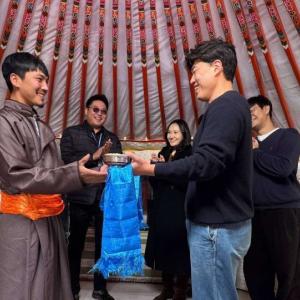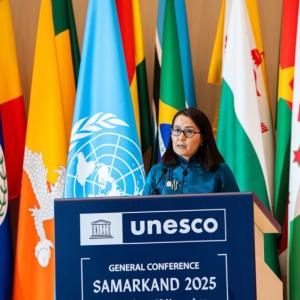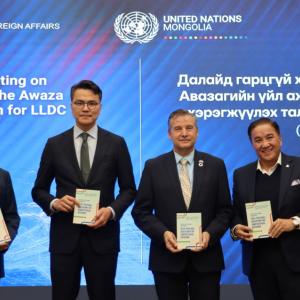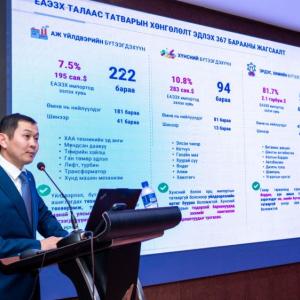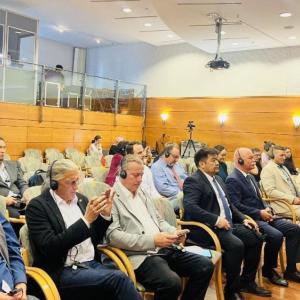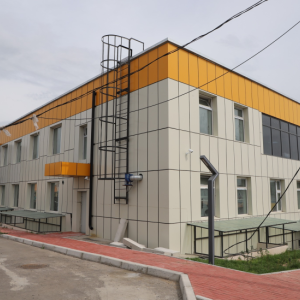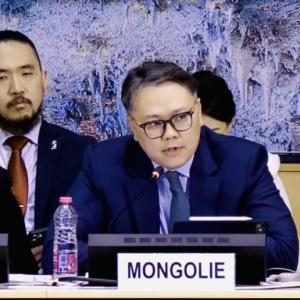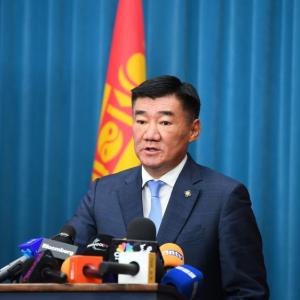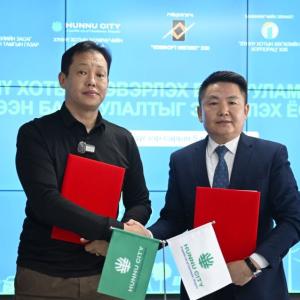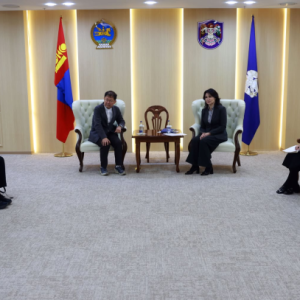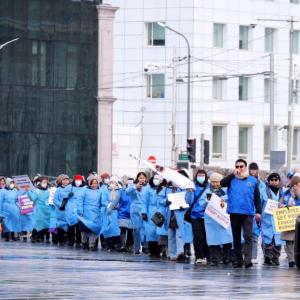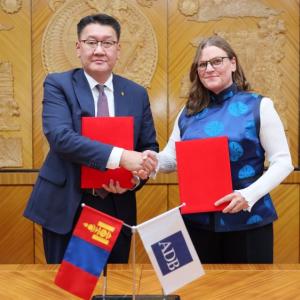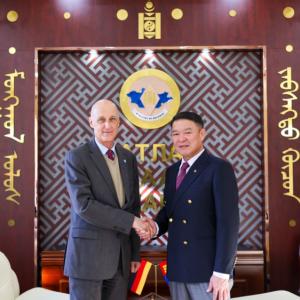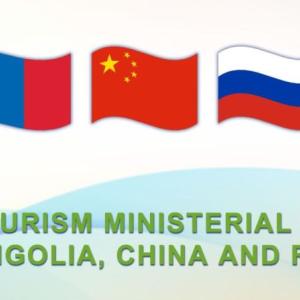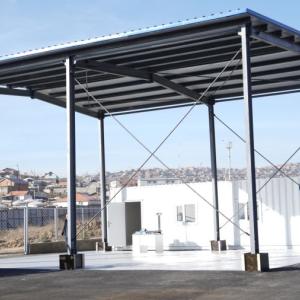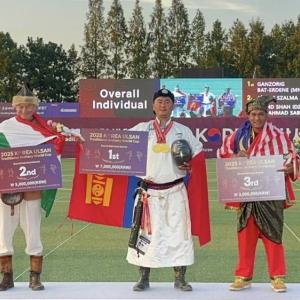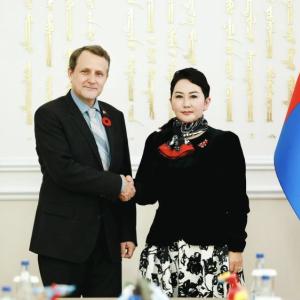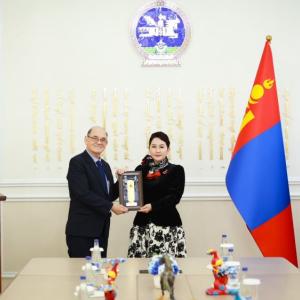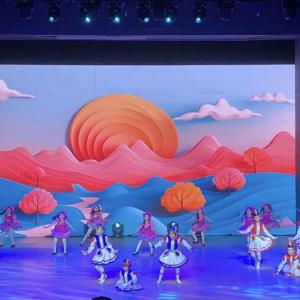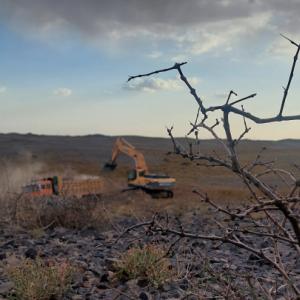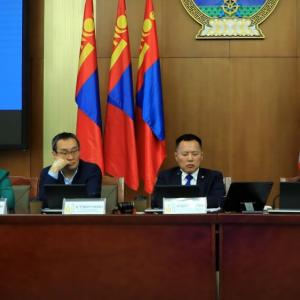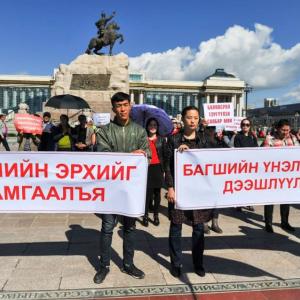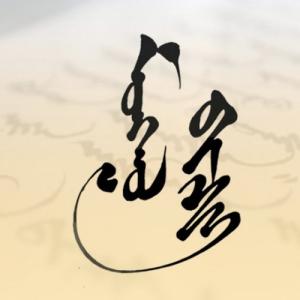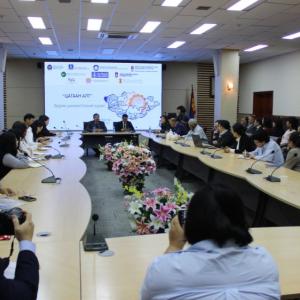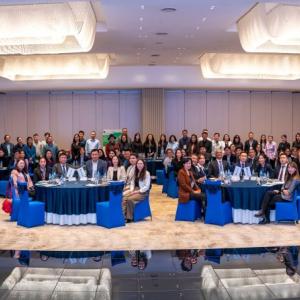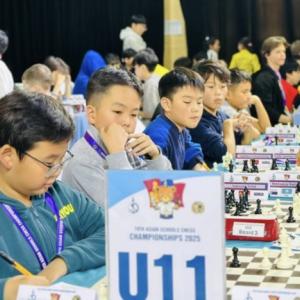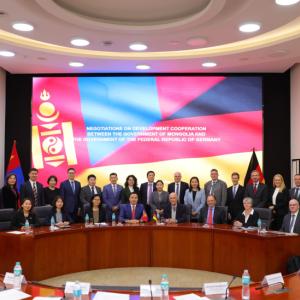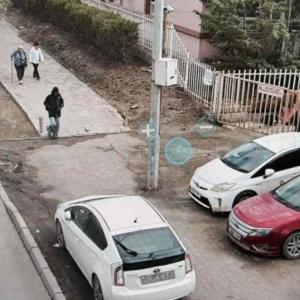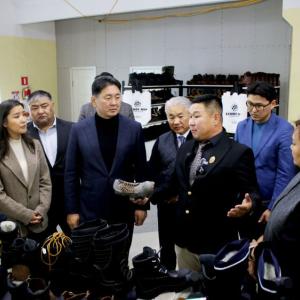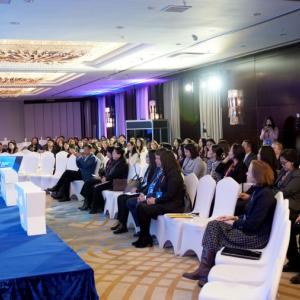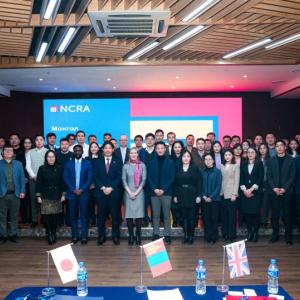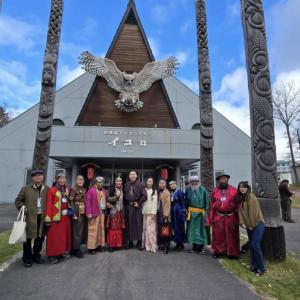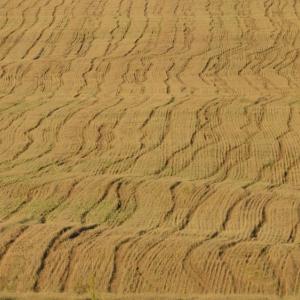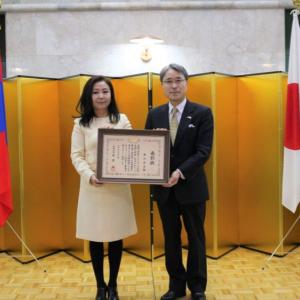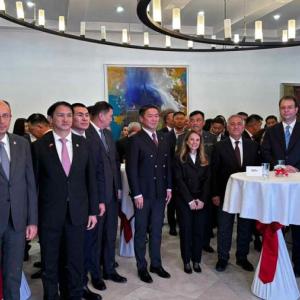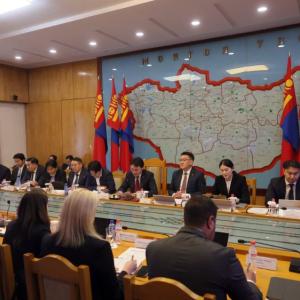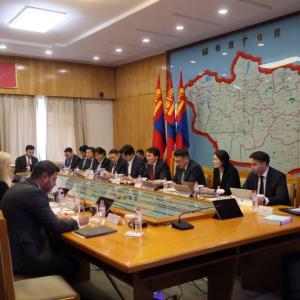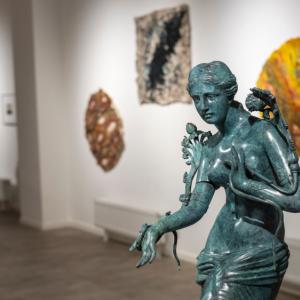Exhibition Highlights Mongolian Felt Crafts
Art & Culture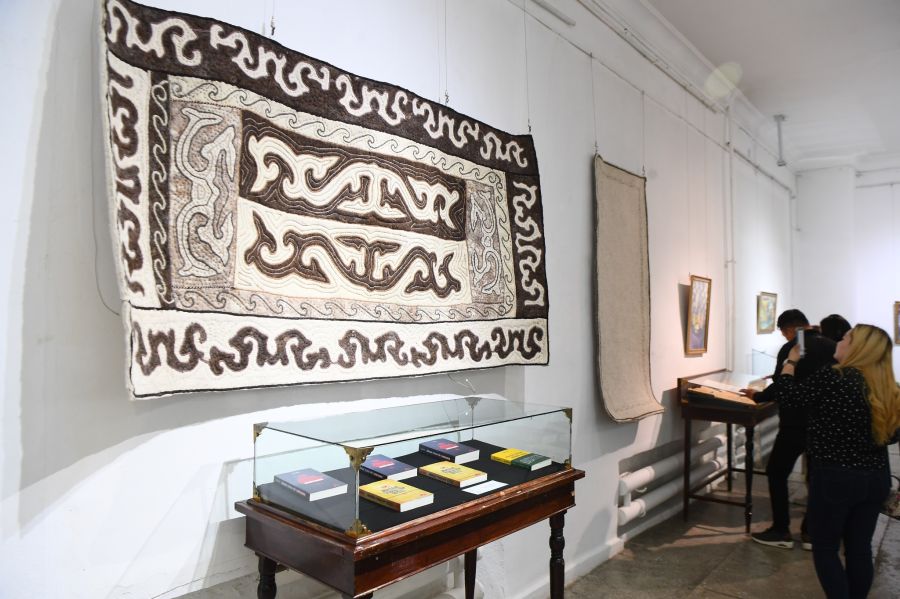
Ulaanbaatar, May 28, 2025 /MONTSAME/. An exhibition showcasing the collection of works by artist, researcher, and felt crafter Uriankhai D.Tangad, dedicated to his 80th birthday, took place on May 23-27, 2025, at the Zanabazar Museum of Fine Arts.
This exhibition featured Ph.D. Tangad’s life-long
ethnographic research, books, paintings depicting traditional nomadic culture,
his own handmade felt quilting, and works showcasing his diverse talents.
Mr. Tangad also presents his first paintings from his student days, as well as
his songs and poems that have not yet been made public.
One of the highlights of this exhibition was a stitching and
quilting felt work, created by reviving a felt quilt found in the tomb of the
Hunnu nobleman in Noyon Uul. This work, which was crafted over two years in traditional
felt-making methods, copying images from the original quilt. This piece of
art has been exhibited in many European museums.
Ethnographer, Ph.D., and Associate Professor of Cultural Studies D.
Tangad said, “Today I am displaying some of my works that I have done for over
50 years. The main goal I wanted to show the people is the traditional
Mongolian crafts, especially felt crafts. Historically, Mongols are felt tent dwellers of the Felt Nation. We are more distinguished by our felt crafts. I first saw the
Hunnu carpet, the felt quilted craft found in a tomb dating back to 4,000 years
in 1970, when I was doing an internship at the Leningrad Hermitage and since
that time, I have been making felt crafts. In the early 1990s, I created my
work “Noyon Uul”, the restored model of the Hunnu carpet. This artifact from
the tomb is an expression of Mongolians’ worship of heaven and earth. I crafted
the “Noyon Uul” to pass down this great legacy in the history of felt crafts
for future generations. The specialty of Mongolian felt-making is the manual
processing of wool, practiced communally. I met a lot of people and studied the
intellectual and material culture of the Mongolians together. In 2018, I
compiled my work and published five volumes. I defended my doctorate in the folk
remedy culture of the Mongolians. These works are recognized for their unique
contributions to world cultural studies."
During the period of transition to the market economy, when raw materials were scarce, Mr. Tangad made most of his household items with his hands using the things he found. Some of these items were also on display at the exhibition.
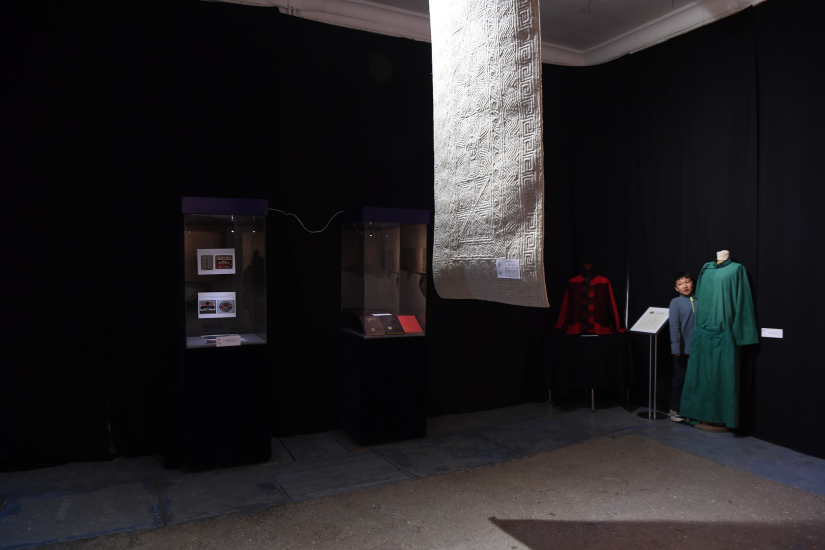
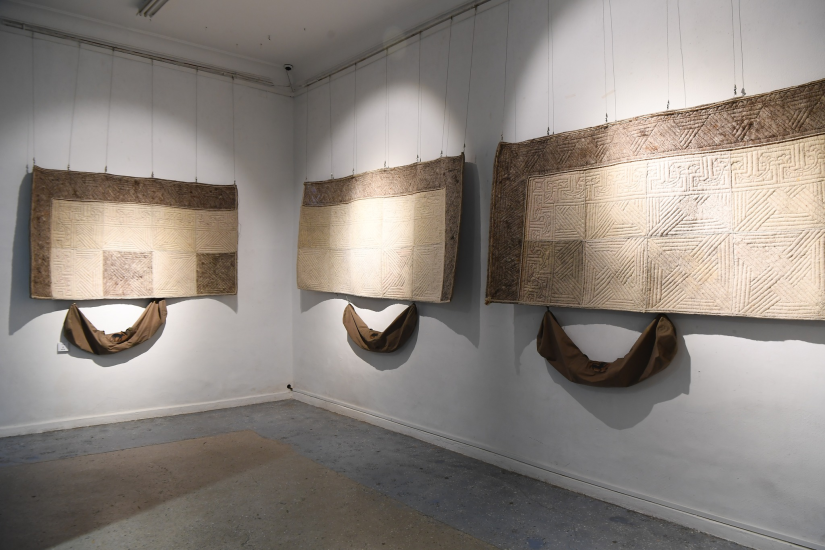
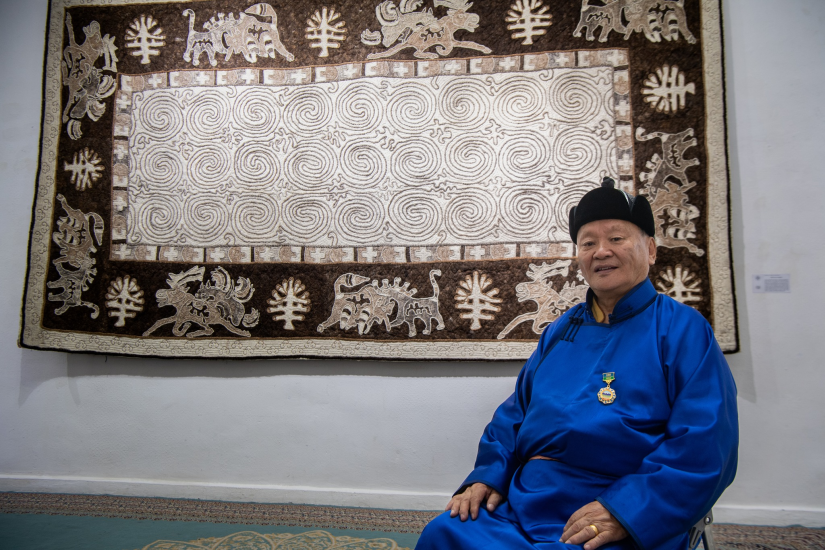
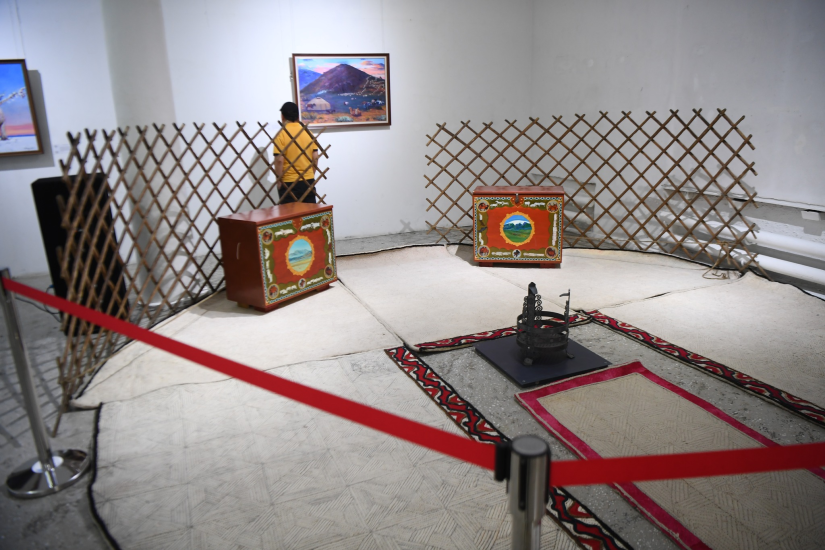

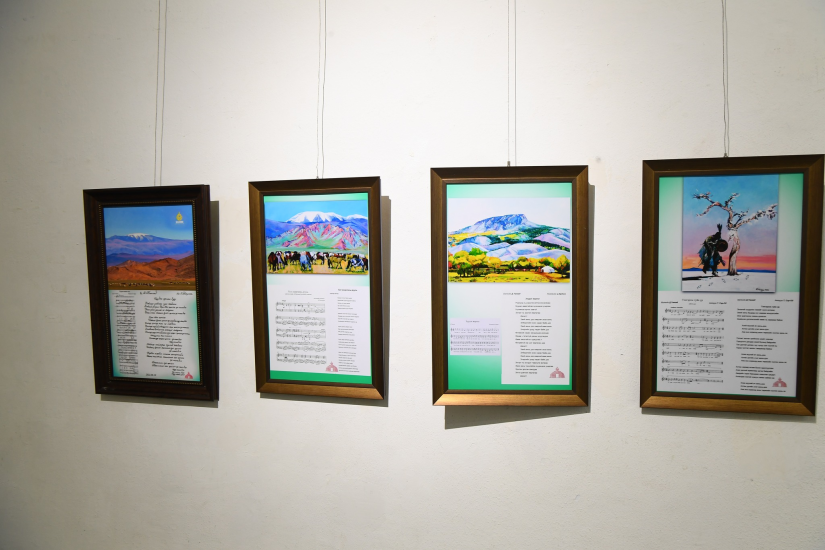
 Ulaanbaatar
Ulaanbaatar






